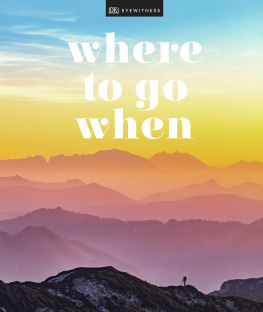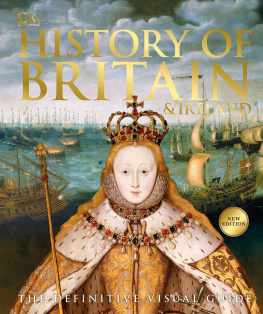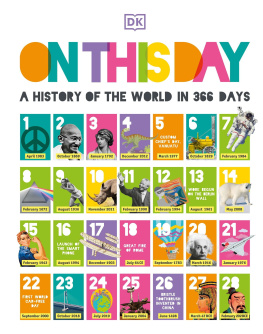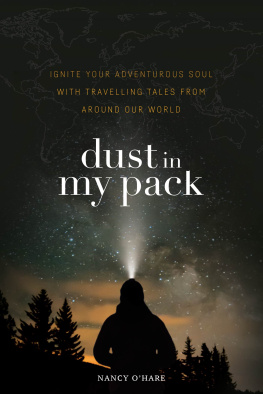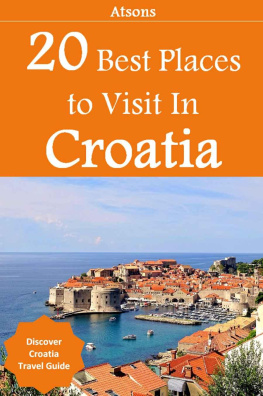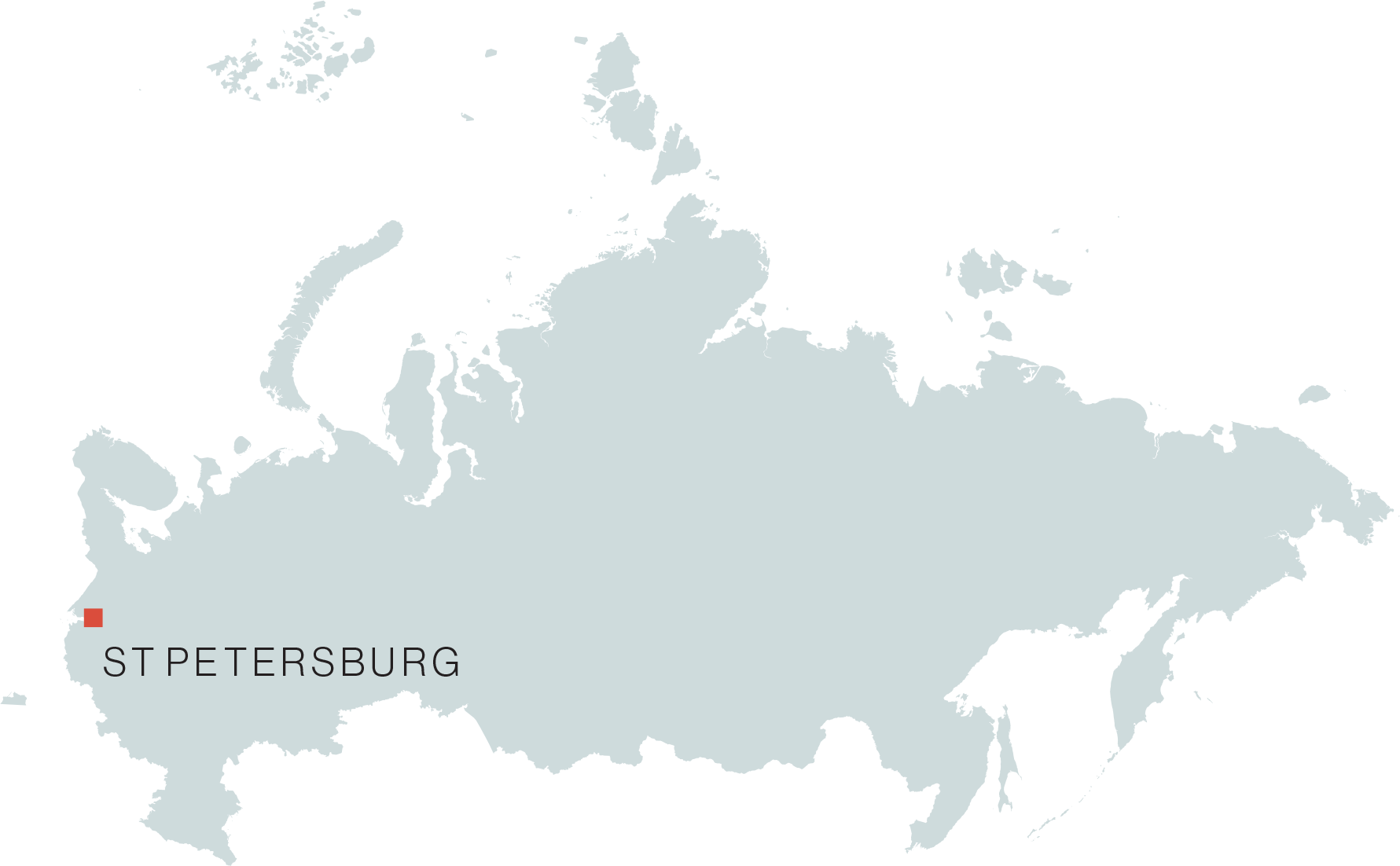CONTENTS
Landmarks
// Contents
INTRODUCTION
Acknowledgments
Copyright
g
// introduction
Your bucket list is scrawled on the back of a well-thumbed postcard and pinned to the fridge door: see the Northern Lights dance across the Arctic Circle; celebrate the colour-caked festival of Holi in India; spot penguins posturing off the shores of Patagonia. But where do you go from here or rather when ?
Its the most-asked travel question so whens the best time to go? and its often this uncertainty that stops us from seizing the day and clicking book on that trip of a lifetime. Besides, weve all had disappointing travel experiences, when the timing just wasnt right. We were promised secluded beaches and instead found the coastline congested with sun-soakers. At other times we would have preferred the hubbub of human activity but the city streets were deserted. And dont get us started on the weather, when our dreams of endless sapphire skies were dashed by driving rain.
In Where to Go When, weve singled out the most unforgettable journeys, destinations and festivals for every month of the year, so you know exactly when to set off on your next adventure. Not only that but weve gathered mouth-watering photography that will stir your senses and transport you to faraway lands. Were certain youll find new inspiration as you leaf through the pages. Perhaps youre looking for a getaway first thing in the new year, or youve earmarked September to October for a trip to distant shores. Where to Go When will provide you with a wealth of ideas from electric events and festivals in Ethiopia and Albuquerque, through seductive scenery in the Maldives and Tuscany, to phenomenal wildlife encounters in Uganda and Borneo.
Travel adventures for every month, and in every corner of the earth, await between these pages. So pull up a chair, grab your bucket list and a pen, and let us show you where to go when.

t Clockwise from top left A reindeer in the depths of Laplands winter; geisha chatting in Kyoto in early spring; the summer sun setting on St Govans Chapel, Pembrokeshire; a flowering tree in Mozambique in August
g
// JANUARY

t A verdant shoreline along the island of Dhigurah, the Maldives
g
Europe Russia
ST PETERSBURG
WHY GO January is in the thick of the Russian winter, when all those dreams of golden domes above snow-covered roofs, frozen rivers, hearty food and drink, and troikas (horse-drawn carriages) trotting along the icy streets come true.
Not far beyond the borders with Finland and Estonia is St Petersburg, a Russian jewel that glitters beside the River Neva. Founded three centuries ago by the larger-than-life, modernizing Tsar Peter the Great, St Petersburg was conceived as, and remains today, Russias window on the west.
Peter created his new capital on a marshy site that had to be drained by the canals that now add so much to its beauty. St Petersburgs lovely, sweeping waterways draw comparisons with the likes of Venice and Amsterdam, and the splendour of its broad, planned avenues, monumental Rococo and Classical buildings and lovely parks certainly has a European orderliness and pomp but all with an unmistakable Russian twist. The result is a visual grandeur that will take your breath away most sharply around the stunning gold, mint green and white Winter Palace, overlooking the broad Neva, and along the main artery, the Nevsky Prospekt.
The Winter Palace is today the centrepiece of the State Hermitage Museum, home to one of the worlds great art collections and the showcase institution of a city that has always been a cultural capital. Russian ballet was born in St Petersburg and its streets are still stalked by the ghosts of Tchaikovsky, Dostoevsky, Rimsky-Korsakov, Nijinsky and Pushkin, who all played out long passages of their often tragic lives here.
Spruced up for the 2018 FIFA World Cup, with dazzling creative spaces across the city, today St Petersburg has an excitingly dynamic entertainment and nightlife scene, plus a good variety of eating and shopping options, making it one of eastern Europes chicest cities.
When Else to Go
May Several public holidays mean parades galore.
June During the month of White Nights the city doesnt see the sun set, making for longer days to linger in the sunshine.
PLANNING YOUR TRIP
Getting there St Petersburg has direct flights from many European capitals.
Getting around St Petersburgs large, efficient metro is the best way to travel. There are also suburban trains, buses, trams, trolleybuses and marshrutky (minibuses).
Weather The city is under a blanket of snow in January and temperatures drop further at night.
Average temperature -10C / 14F.
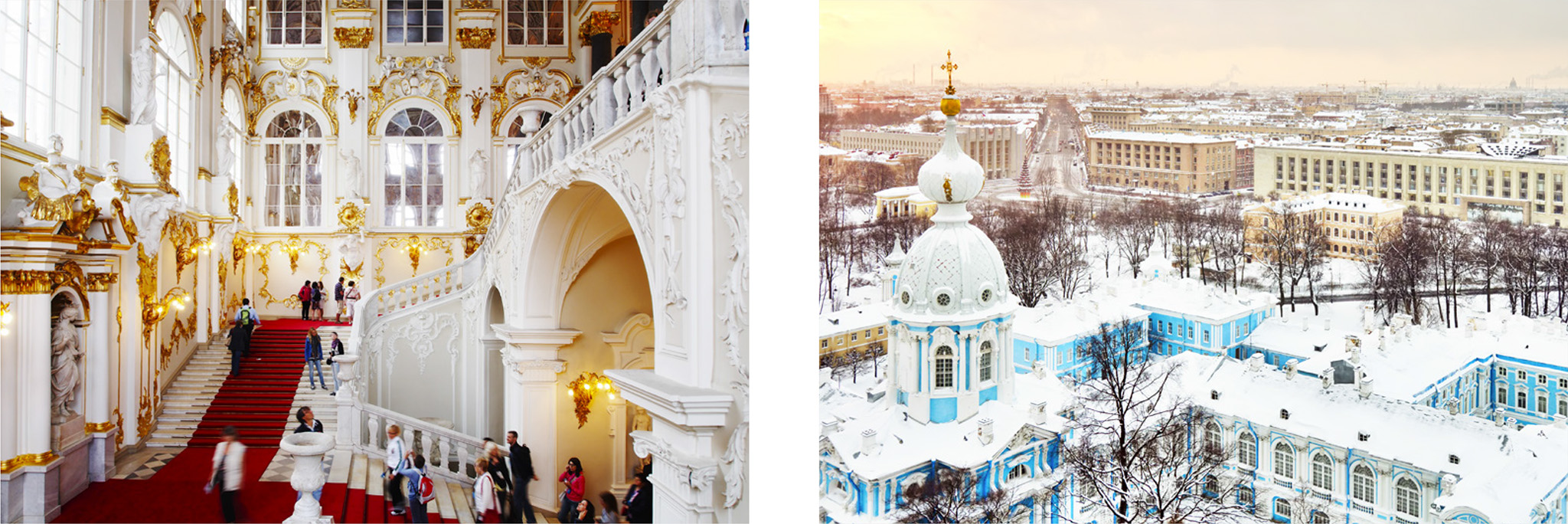
t Ascending the grand staircase of the Winter Palace; the snowy rooftops of the Smolny Cathedral and its convent
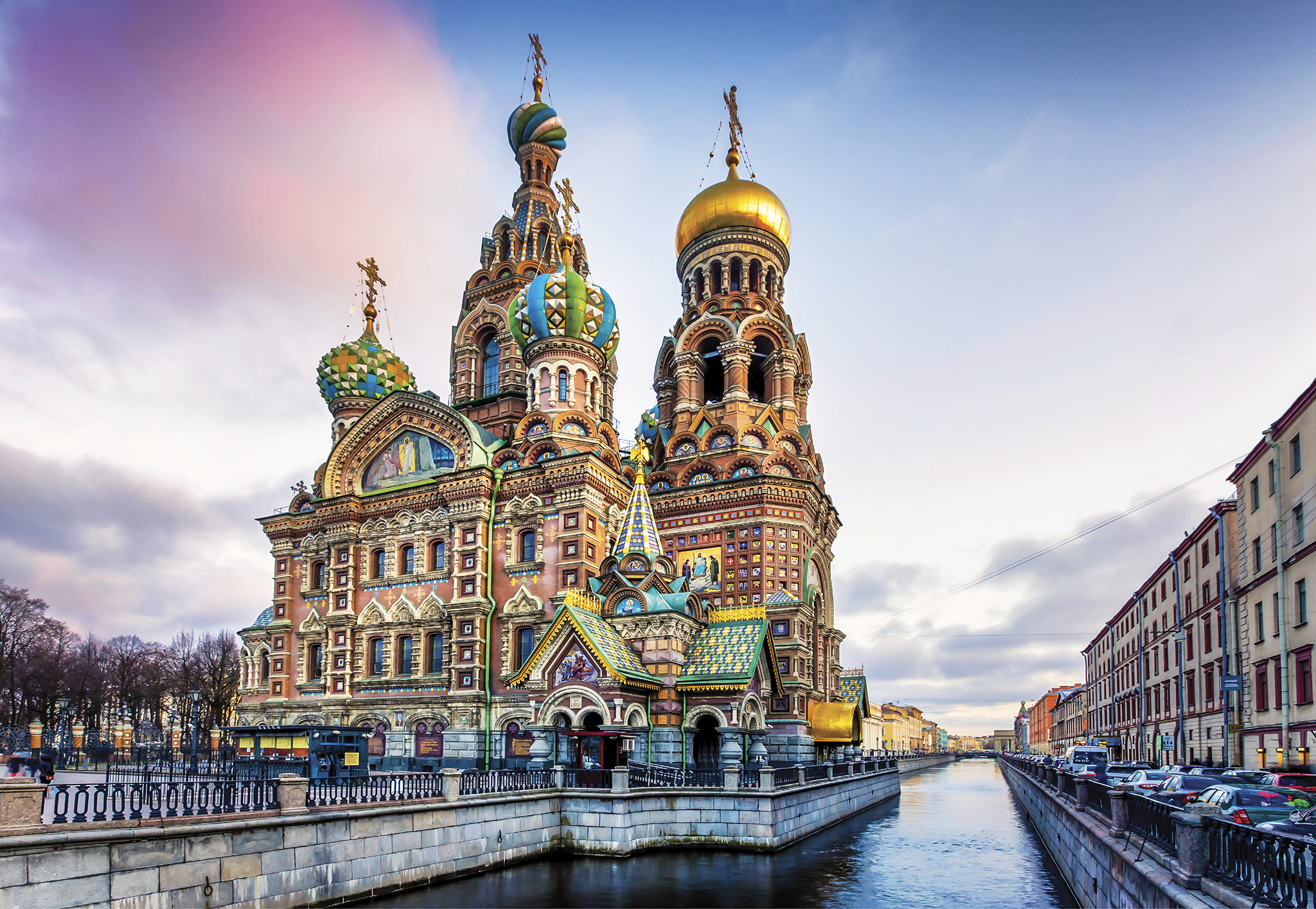
t The dazzling Church of the Saviour on Spilled Blood overlooking the Griboyedov Canal
g
Africa Ethiopia
LALIBELA
WHY GO Lalibela is affectionately called Africas Petra thanks to its stunning rock-hewn churches. The towns unique mysticism is tangible in January when locals celebrate Leddet (Christmas) and Timkat (Epiphany).
High in the wild and rugged Lasta Mountains, Lalibela ranks among the greatest religio-historical sites found on the African continent. The towns 11 medieval churches sit in carved rock recesses, their roofs at ground level, and give the impression that they have not changed for centuries; robed priests float among the dimly lit passages, and from hidden crypts and grottoes you can hear the sound of their chanting. The smell of incense pervades, while hermits, silent in the study of the scriptures, occupy tiny, rudely hewn holes. A steady trickle of pilgrims arrive, praying for health, wealth and good fortune.
This ancient holy site is at its most alive at the start of the year. On 7 January, the stream of pilgrims becomes a torrent as locals flock to celebrate Leddet, Ethiopian Christmas, among the awe-inspiring and truly unique churches. Then, on 19 January, its Timkat, the day of Jesuss baptism. Processions, chanting, singing and dancing ring out from all corners and the town is coloured by the bright and beautiful textiles worn by participants. It feels as though youve travelled back in time. And in a way you have. Biblical it seems and biblical it is; as the second country in the world to adopt Christianity (in around AD 350), Ethiopias connection with the religion is long and strong.

